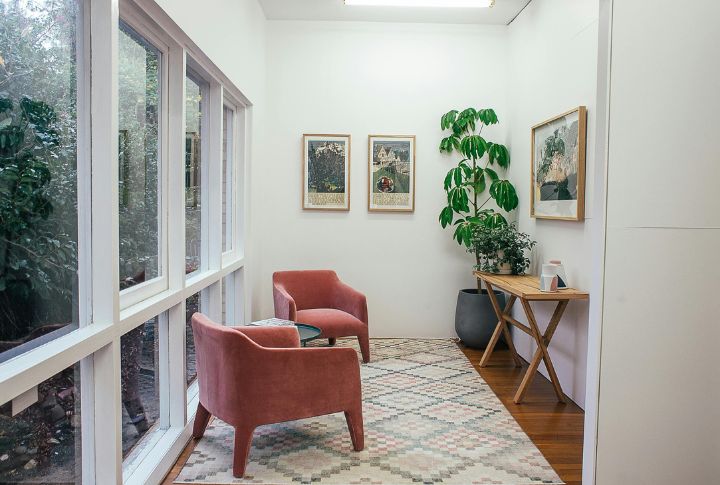
Planning for aging involves adapting your home for comfort and ease of living. By making these modifications, you can ensure your residence continues to meet your needs as you get older. Here are 15 practical ways to prepare your home and make it safer and more convenient for the future.
Add Grab Bars

Grab bars are a simple but effective way to boost safety, especially in the bathroom or near stairs. These bars should be placed where you can easily reach them when getting in and out of the shower or tub. Choose bars with a non-slip surface and secure installation to make sure they can support you.
Install Ramps
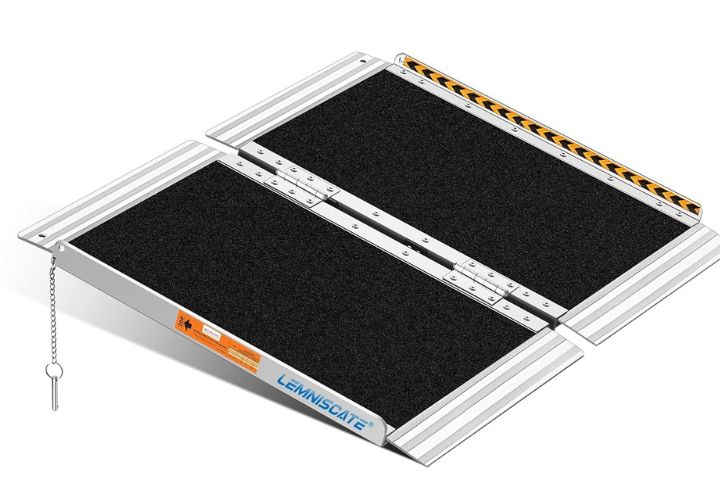
These will make a huge difference if stairs become more difficult to handle. Based on your home’s design and mobility needs, you can choose between permanent or portable ramps. For homes where stairs can’t be avoided, a stairlift is a favorable alternative, which allows you to move between levels comfortably.
Improve Lighting

Bright, well-placed lighting enhances your sight throughout your home and reduces the risk of accidents. Focus on areas like stairways, hallways, and bathrooms where falls are more likely to occur. Motion-sensor lights are a brilliant addition, automatically lighting up spaces at night.
Lower Countertops

Lowering countertops can make everyday tasks like cooking or washing up much more manageable for people with mobility challenges. If you use a wheelchair or have trouble standing for long periods, counters at a lower height are more manageable. In addition, adjustable height counters give you even more flexibility.
Use Non-Slip Flooring
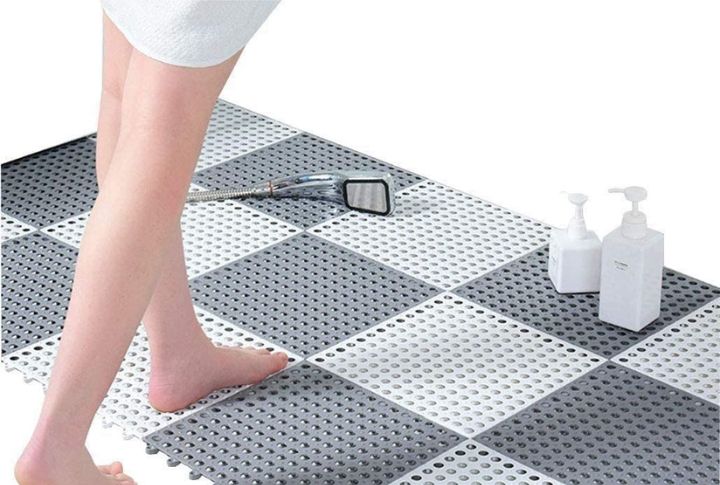
A slip-and-fall accident can be prevented by proper flooring. Choose textured vinyl, rubber, or non-slip tiles, especially for high-risk areas like bathrooms and kitchens. Steer clear of glossy or polished surfaces that can be slippery when wet. If you have rugs, use ones with non-slip backing to keep them in place.
Install Handrails
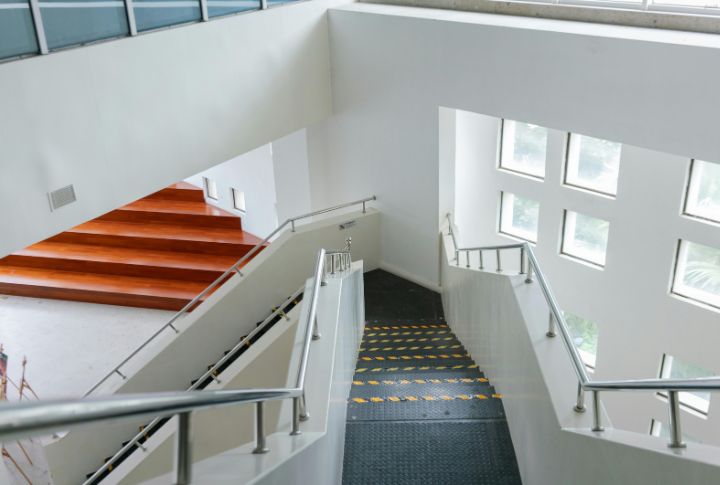
Much-needed support can be provided by handrails when moving up or down stairs or walking through hallways. Install them on both sides of the stairs for more balanced assistance. Choose rails that are easy to grip and placed at a comfortable height for regular use.
Upgrade Bathroom Features

Making your bathroom easy to access can improve your daily routine. A walk-in shower with shower chairs and a hand-held showerhead makes bathing easier and safer. In addition, having a raised toilet seat will help reduce the strain of sitting down or standing up.
Add Wider Doorways

Wider doorways will accommodate mobility aids like walkers and wheelchairs. ADA insists doorways should be at least 32 inches wide. If that’s impossible, try removing door frames or adding pocket doors to open more space. Keeping hallways clear of obstacles is another simple step to enhance accessibility.
Adjust Cabinet Heights
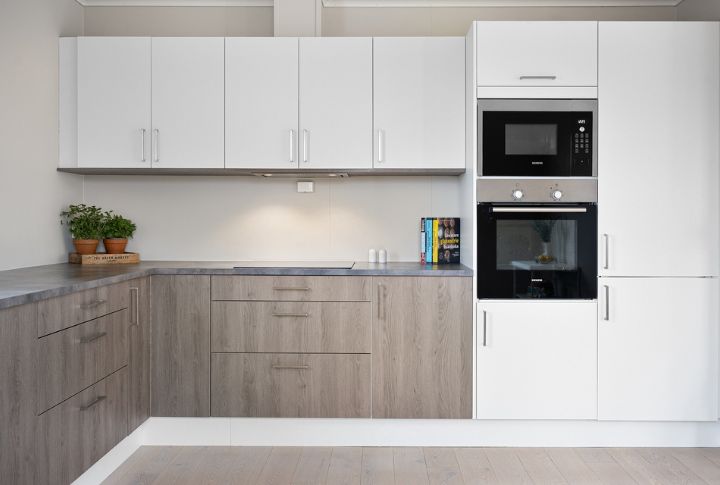
Making cabinets easier to reach by lowering them or adding pull-out shelves can simplify everyday tasks. Pull-out drawers bring items closer to you and reduce the need to bend or reach high shelves. When you organize commonly used items at eye level, it ensures you can access them without straining.
Use Smart Home Devices
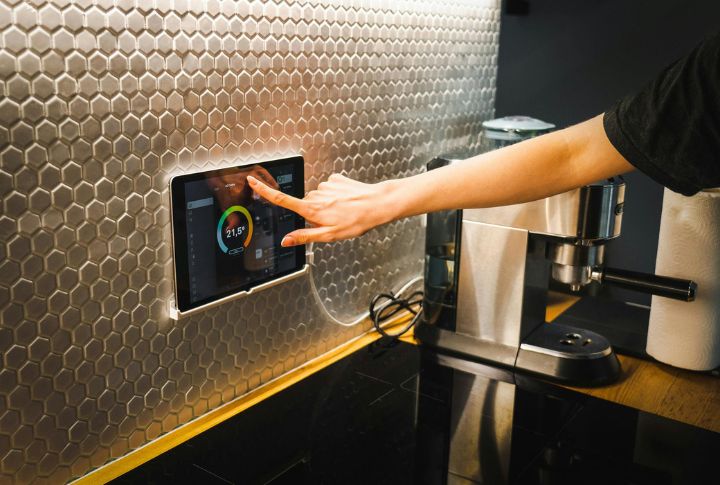
Smart home technology improves convenience and safety by automating various aspects of your home. Install smart thermostats, lights, and security systems that you can control via voice commands. Emergency alert systems and medical alert devices can provide immediate assistance if needed.
Ensure Clear Pathways
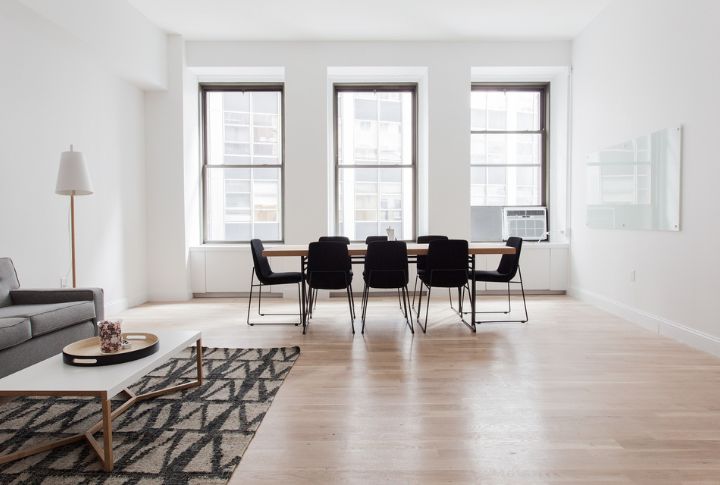
Keeping walkways free of barriers helps prevent trips and falls. Regularly remove clutter, secure loose rugs, and keep cords out of the way. Use furniture with rounded edges and clear items from high-traffic areas. Motion-sensor lights can help keep paths well-lit at night.
Install Lever Handles
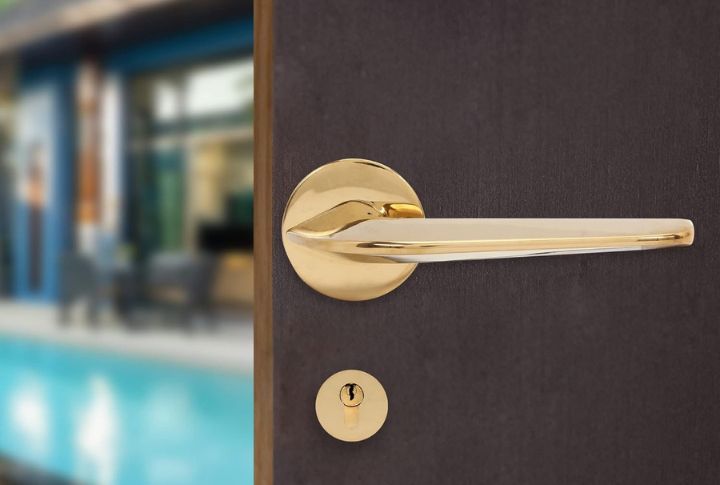
Lever-style door handles are easier to use, especially if you have trouble gripping traditional knobs. Replacing standard handles with levers throughout your home can make opening and closing doors more manageable. Levers require less effort, making them user-friendly for anyone, regardless of age.
Add Emergency Call Systems

Emergency systems and medical alert devices can provide immediate assistance in an emergency. These systems can be worn as pendants or wristbands and are equipped to alert caregivers or emergency services. Check that the systems are tested regularly and that everyone in the household knows how to use them.
Create Single-Level Living
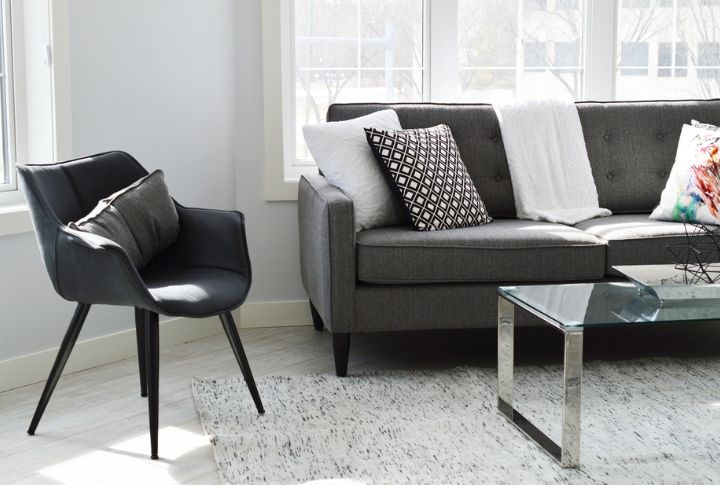
A single-level home layout eliminates the need for stairs and makes daily activities easier. If moving to a single-level home is not feasible, you can rearrange your current home to place essential rooms on the main floor, like the bedroom and bathroom.
Plan for Maintenance
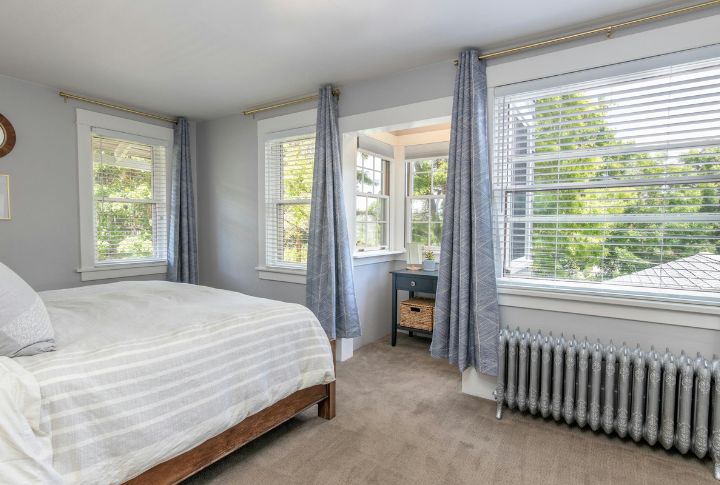
Choosing low-maintenance materials and systems will reduce the effort and cost of upkeep as you age. Opt for durable flooring, easy-to-clean surfaces, and reliable appliances that require minimal maintenance. Regularly service home systems such as heating, ventilation, and air conditioning so they remain in good condition.

